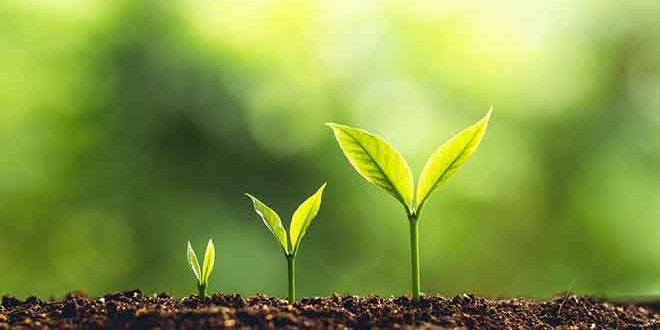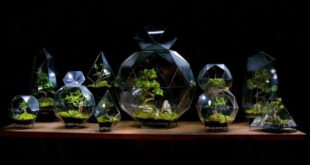Soil is the most common medium for plant growth. It also serves as a foundation material for engineering structures, for sewage disposal or mined as ore. However, human’s primary interest in soil has centered on its potential to support plants which provide food, fibre and forest products.
In this article, contribution of soil as a medium of plant growth will be discussed briefly.
The growth of plants depends on the soil for water and nutrient elements. In addition, soil must provide an environment in which roots can function. This requires pore spaces for root extension, O2 must be available for root respiration and the CO2 produced must diffuse out of the soil, rather than accumulate. Further, an absence of inhibitory factors (such as a toxic concentration of soluble salts) is essential. Roots anchored in the soil also hold the plant erect.
Plants obtain following things from the soil grossly as, physical support, water, air, temperature moderation, protection from toxins and nutrient elements. Discussion on these elements is given below:
- Physical support: The soil mass provides physical or mechanical support, anchoring the root system so that the plant does not fall over or blow away. Hence, plants get escape from strong wind, tides or heavy snowfall.
- Water: Supplying water is another vital contribution of soil to plants. Soil micro-pores retain water by capillary action and plants collect the water from this source beyond certain limit. Plants require continuous supply of water and rain can not provide their required water across the year. Therefore, water stored in soil is very much crucial. A deep soil may store enough water to allow plants to survive long periods without rain.
- Air: Plant root respiration requires oxygen and produces carbon dioxide and yes, soil provides that generously. So, ventilation is another significant soil service for plants which keeps the balance of these two gases by allowing carbon dioxide to escape and fresh oxygen to enter the root zone. This ventilation is accomplished via network of soil pores.
-
Temperature moderation: The soil moderates temperature fluctuations and save the plants. The insulating properties of soil protect the deepest portion of the root system from extremes of hot and cold temperature that often occur at the surface. This phenomenon allows normal functionality of roots.
-
Protection from toxins: Phytotoxic substances in soil may results from chemical spill, application of synthetic herbicides, or they may be produced by plant roots, by microorganism or by any natural reaction. Soil protects the plant from such substances by ventilating gases, by decomposing organic toxins or by suppressing toxin producing organisms. On the contrary, some microbes of soil produces some growth-stimulating compounds and enzymes (viz. Urease) which are very much beneficial to plants.
-
Supply of nutrients: On of the most important functions of soil towards plant is to provide necessary nutrients. Healthy plant growth requires continuous supply of essential nutrients which are supplied by fertile soil in proper amount and proportion.
Thus, soil provides almost all the nutrients resulting from weathering and decomposition. Weathering of rocks and minerals produces mineral nutrients and decomposition of organic materials produces organic forms of nutrients. These elements are dissolved into soil solution and roots uptake these elements in their ionic forms.
To conclude , it can be said that soil is an essential medium for plant growth. Plant may be grown in the solution containing all necessary nutrients without soil (viz. hydroponics), but indeed its an impractical way to feed about 7 billion mouths considering high costing, time and energy consuming management.
Reference & Other Links
This article is based on the class lecture by Md. Bayazid Hossain (Lecturer, Department of Soil, Water & Environment, University of Dhaka).
Edited by the author. Any mistake, error and other related things found in this article are only author’s to blame.
Revised by
- Saifun Nahar Smriti on 19 December, 2020.
- Khaleda Akter Shompa on 18 July, 2021.
 Plantlet The Blogging Platform of Department of Botany, University of Dhaka
Plantlet The Blogging Platform of Department of Botany, University of Dhaka






Try to add some heading and sub-heading. That will make it easier to find out the key facts of your topic. Thanks.